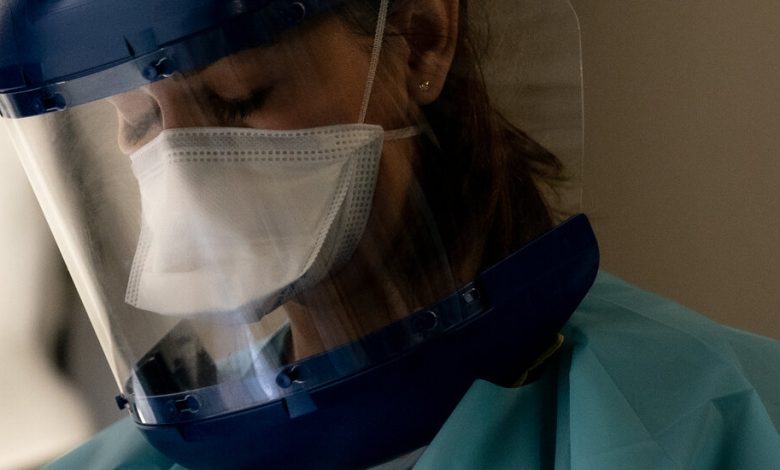Why Health Care Workers Are Burning Out

The News
Health workers feel burnout more frequently than they did before the Covid-19 pandemic, while also struggling with symptoms of anxiety and depression, sleep problems and harassment, according to a federal survey of American workers published on Tuesday by the Centers for Disease Control and Prevention.
The results offer a rare glimpse of worker morale before and after the peak of the pandemic.
The research compared data from 2018 and 2022 and underscored a dire staffing crisis in the nation’s health work force, which limped through the pandemic amid long hours, high turnover, violence in emergency departments and public vitriol over vaccines, masks and treatments. Hundreds of thousands of medical workers have left their jobs in recent years.
“Prior to Covid, we knew that many hospitals were understaffed, that health care workers were burning out,” Dr. Debra Houry, the chief medical officer at the C.D.C., said in an interview on Tuesday. “I think Covid escalated that, and I think just really strained the system.”

Compared with other groups surveyed, health care workers reported a substantial jump in poor mental health days, from 3.3 in 2018 to 4.5 in 2022.Credit…Erin Schaff/The New York Times
The Toll: Nearly five days of poor mental health a month.
Federal researchers tracked self-reported mental health symptoms among more than a thousand adult workers in 2018 and 2022, including 226 health care workers in 2018 and 325 in 2022.
Compared with other groups surveyed, health care workers reported a substantial jump in poor mental health days in the month prior, from 3.3 in 2018 to 4.5 in 2022. Less than 30 percent of health workers last year described themselves as very happy, a decline from 2018. More than a third reported symptoms of depression, while more than half said they had symptoms of anxiety.
And the percentage of health care workers reporting harassment on the job more than doubled, compared with the rate in 2018.
“Hospitals and other health care entities are microcosms of society,” said Rumay Alexander, who teaches nursing at the University of North Carolina at Chapel Hill and advises the American Nurses Association. “Whatever is happening out in the world walks into our health care facilities.”
Nearly half of health care workers surveyed said they were somewhat or very likely to look for new work, the researchers found — an ominous sign for providers already struggling to retain staff. Dr. Houry said that statistic jumped out at her more than any other in the survey.
Expert Diagnosis: Medical institutions are failing workers.
The survey showed a decrease in the odds of burnout if health workers received help from supervisors, had enough time to do their work and trusted management.
But efforts by medical institutions to address the mental health of their workers have been uneven at best, experts said.
Dr. Amy Locke, the chief wellness officer at University of Utah Health, said that medical workers, many of whom are poorly paid, were especially vulnerable to overwork in environments with understaffing and huge financial and moral pressures to perform.
“You get this mentality of, Oh, I can do it. I can do it by myself. And I can do it because people are counting on me,” she said.
Dr. Locke, whose institution received a federal grant for health worker wellness, added that the financial pressures on health providers were even greater now than pre-Covid. “It’s hard for a health system to think, I’m going to pour a lot of money into my people when I need to keep the lights on,” she said.
Who’s Suffering: Nurses and local health workers are particularly vulnerable.
Burnout from work conditions has been especially acute for nurses.
Katie Carroll, a nurse at a hospital in New Brunswick, N.J., said that 10 nurses in her unit had left in the last two years or so, around half of the nursing staff. “You’re running around so busy with a frazzled mind that more mistakes can happen, because there’s so much on your plate,” she said.
Local health departments, often the target of public hectoring during the pandemic, have also suffered. Scott Lockard, the public health director of the Kentucky River District Health Department, said on Tuesday that his 130 employees, who make an average of $23 an hour, were busy regaining their focus and energy.
His department organized a staff celebration over the summer at a local park. “We’ve done activities around mission, vision, values — to anchor ourselves again,” he said. “So people know why we’re doing what we do.”




